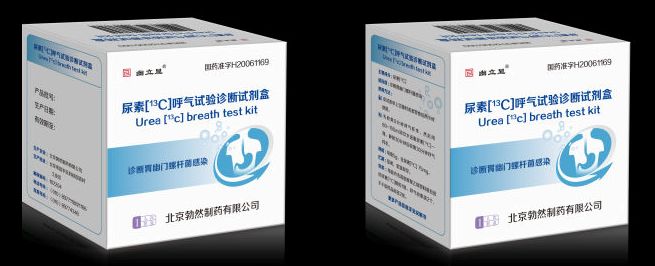
Urea [13C] Breath Test Reagent 75mg
-
Min Order
1
-
Product Unit
Pieces
-
Origin
China Mainland
-
Payment


- Contact Now Start Order
- Favorites Share
- Description
Product Detail
Produced by Richen Group, Certified by European H Pylori Study Group

Urea [13C] Breath Test Reagent
Specifications
Type: Pathological Analysis Equipments, Granule
Brand Name: Heliforce
Place of Origin: Beijing, China (Mainland)
Model Number: 75mg
Product name: Urea [13C] Breath Test Reagent
Certificate: CE/ ISO9001/ ISO13485
Color: White
Usage: Medical Test
Accuracy: 99%
Sensitivity 98% and specificity 100%
Granule Type (contains 75mg 13C Urea)
Orange flavor, good patient's compliance
Absorb well, good dispersiveness to detect the whole gastric H.Pylori infection
Description of 13C Urea Breath Test
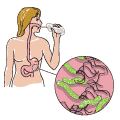
Helicobacter pylori (H. pylori) bacteria are a common cause of digestive illnesses, including gastritis (the irritation and inflammation of the stomach lining), peptic ulcers (sores in the lining of the stomach, small intestine, or esophagus), and even stomach cancer later in life.
13C Urea Breath Test uses a chemical reaction to detect the H. pylori bacteria.
The test contains a chemical called urea, which is attached to a 13C carbon atom. The bacteria break down the urea thereby releasing the carbon, which is eventually exhaled in the breath. The breath is then tested to check for the 13C carbon.
How often should 13C UBT test be performed?
Your doctor will recommend when and how frequently this test is required.
Why is this 13C UBT test performed?
People experiencing possible ulcer symptoms require treatment to relieve these symptoms and prevent any complications related to ulcers. This test helps doctors determine if H. pylori is causing an ulcer or stomach lining irritation.
It is important for doctors to know the cause of the ulcer, as this affects the treatment they will recommend.
Doctors also request this test to determine if the treatment for an H. pyloriinfection has been successful. In this case, the test is normally done at least 4 weeks after completing an antibiotic treatment.
Are there any risks and precautions?
There is very low risk of side effects or complications with this test.
There are two types of H. pylori breath test: one uses a 14C carbon atom, and the other uses a 13C carbon atom.
The 14C urea breath test involves swallowing a tablet containing a small dose of radiation. This test is not recommended if you are or may be pregnant, or if you are breast-feeding. Because of the radiation involved, children and old people should not have this test.
The 13C urea breath test is not radioactive and is not harmful in any way. It can be used by children and pregnant women, but is more expensive and not available in all areas.
What happens during the 13C UBT test?
The test takes approximately 30 minutes to complete.
The first step is to take a sample of your breath by blowing into a bag.
Next, you will drink the reagent that contains urea attached to a 13C carbon atom.
After 30 mins, you will blow your breath into another bag. You can get the result within 2 mins after testing two samples by 13C Infrared Spectrometer.
How should I prepare for this 13C UBT test?
Avoid eating or drinking for 2 hours before the test.
Certain medications can interfere with the test results and should be avoided before the test. These include antibiotics, ulcer medications, and heartburn relievers (including over-the-counter products).
The test results will be inaccurate if you are taking (most) antibiotics or medications that reduce stomach acid. Normally, your doctor will ask you to stop taking these medications anywhere 4 weeks before the test.
Tell your doctor or prescriber about all prescription, over-the-counter (non-prescription), and herbal medications that you are taking. Also tell them about any medication allergies and medical conditions that you may have.
Ask your doctor or pharmacist whether you need to stop taking any of your medications before the test.
What can I expect after the 13C UBT test?
After the test, you can return to your usual activities.
Results
Lab technicians use 13C Infrared Spectrometer to analyze your breath samples. Finding higher levels of carbon in the samples from after you drink the reagent shows that H. pylori bacteria are present in your stomach. Your doctor with receive the results from the laboratory.
Ask your doctor when you can expect your test results to be made available.

A person performing a H. pylori urea breath test. The inset shows what the H. pylori bacteria look like.
- 34H235 34H45 35H60 34H251 Cotton Picker Spring Pin 1 Pieces / (Min. Order)
- 32 Dots Large Character Inkjet Printer 1 Pieces / (Min. Order)
- GPLC-252-410 Label Offset Rotary Press 1 Pieces / (Min. Order)
- GPLC-330-410 Four Color Offset Rotary Press 1 Pieces / (Min. Order)
- MZD120 Series Waste Paper Baling Press 1 Pieces / (Min. Order)
- MZD220 Series Waste Paper Baling Press 1 Pieces / (Min. Order)
- MZD320 Series Waste Paper Baling Press 1 Pieces / (Min. Order)
- MZD460 Series Waste Paper Baling Press 1 Pieces / (Min. Order)
- MZD560 Series Waste Paper Baling Press 1 Pieces / (Min. Order)
- MZD660 Series Waste Paper Baling Press 1 Pieces / (Min. Order)
- MZD7060 Series Waste Paper Baling Press 1 Pieces / (Min. Order)
- MZD8060 Series Waste Paper Baling Press 1 Pieces / (Min. Order)
- MZD8090 Series Waste Paper Baling Press 1 Pieces / (Min. Order)
- MZD9090 Series Waste Paper Baling Press 1 Pieces / (Min. Order)
- 36 inch 4 Burner Gas Stove with Griddle and 5.2 cu.ft Oven Capacity 1 Pieces / (Min. Order)
- 700W Three-phase (brake) Gear Motor 1 Pieces / (Min. Order)
- 800W Three-phase (brake) Gear Motor 1 Pieces / (Min. Order)
- 900W Three-phase (brake) Gear Motor 1 Pieces / (Min. Order)
- 1000W Three-phase (brake) Gear Motor 1 Pieces / (Min. Order)
- 300W Three-phase (brake) Gear Motor-3 1 Pieces / (Min. Order)
 Menu
Menu

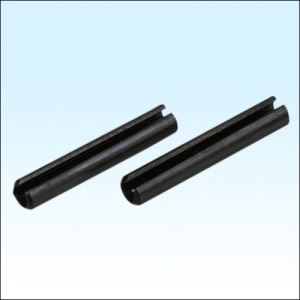
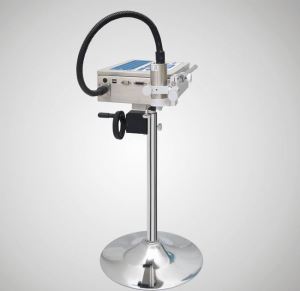
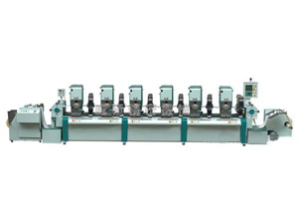

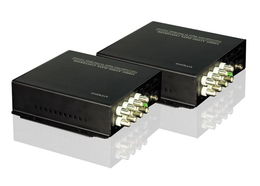
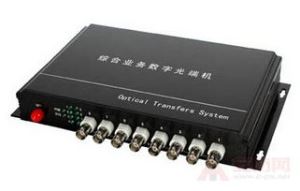
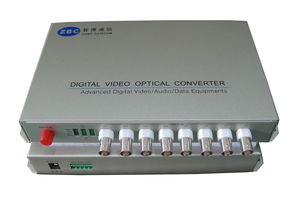

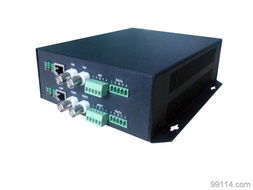

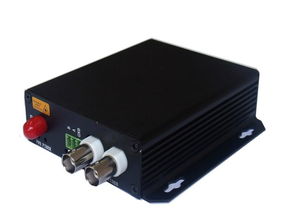
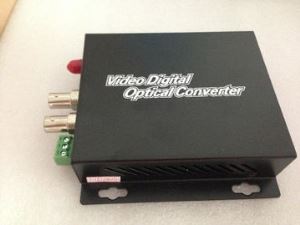
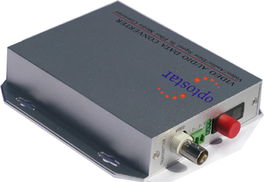
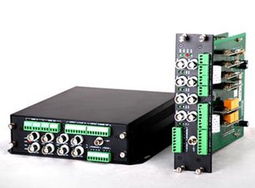
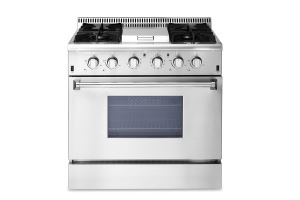
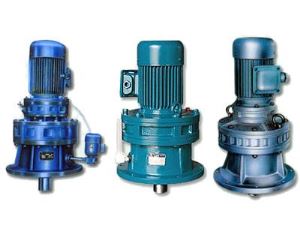
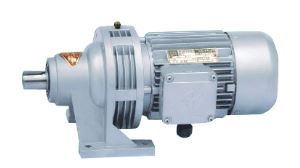
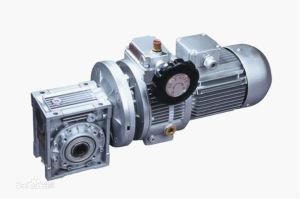
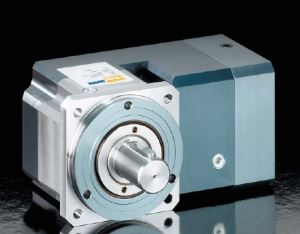

 Favorites
Favorites
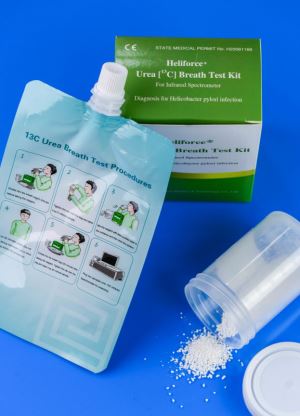
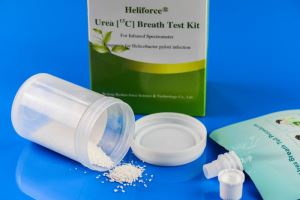
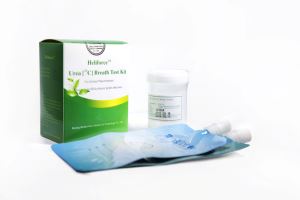
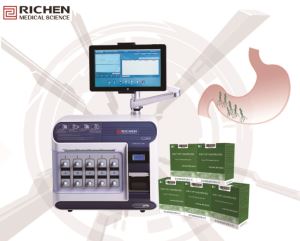


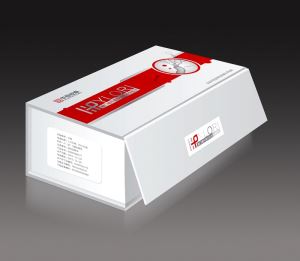
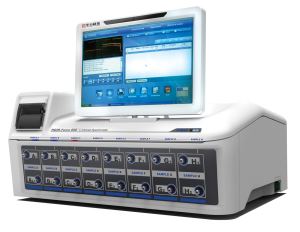
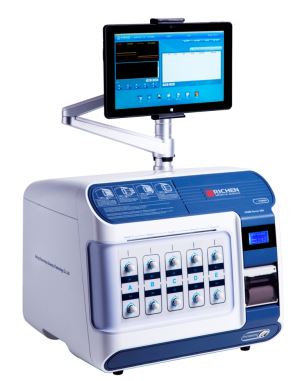
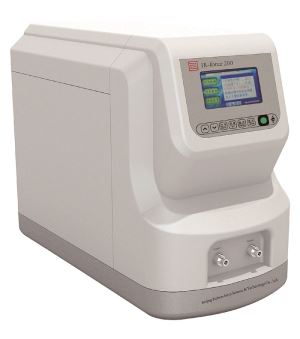
 Frequent updates ensuring high quality data
Frequent updates ensuring high quality data
 Over 5000 customers trust us to help grow their business!
Over 5000 customers trust us to help grow their business!

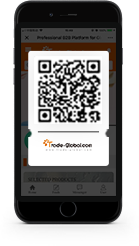
 Menu
Menu